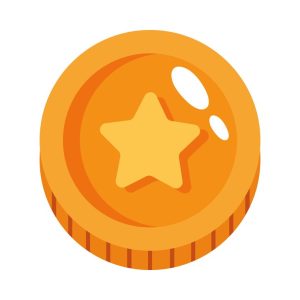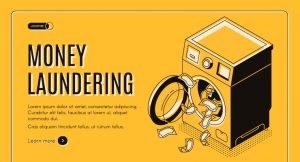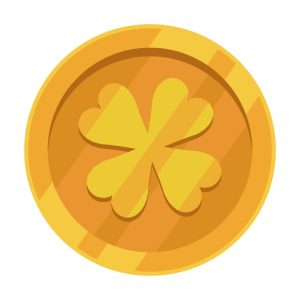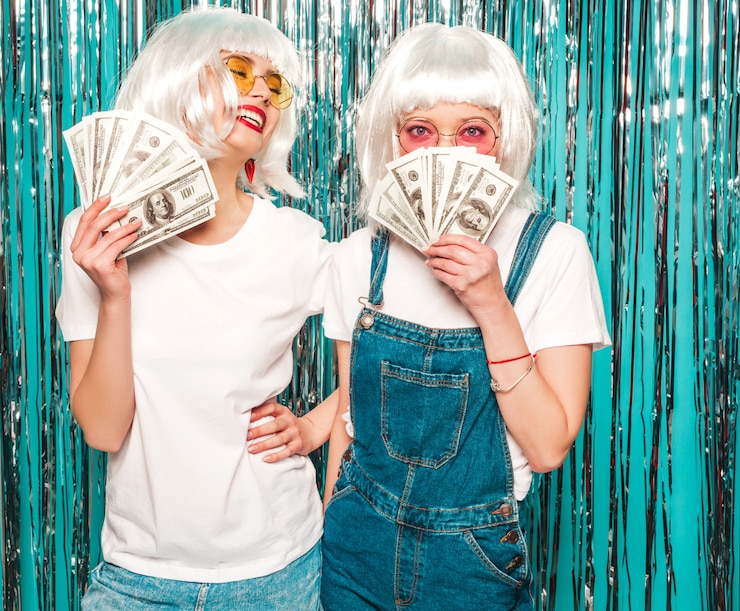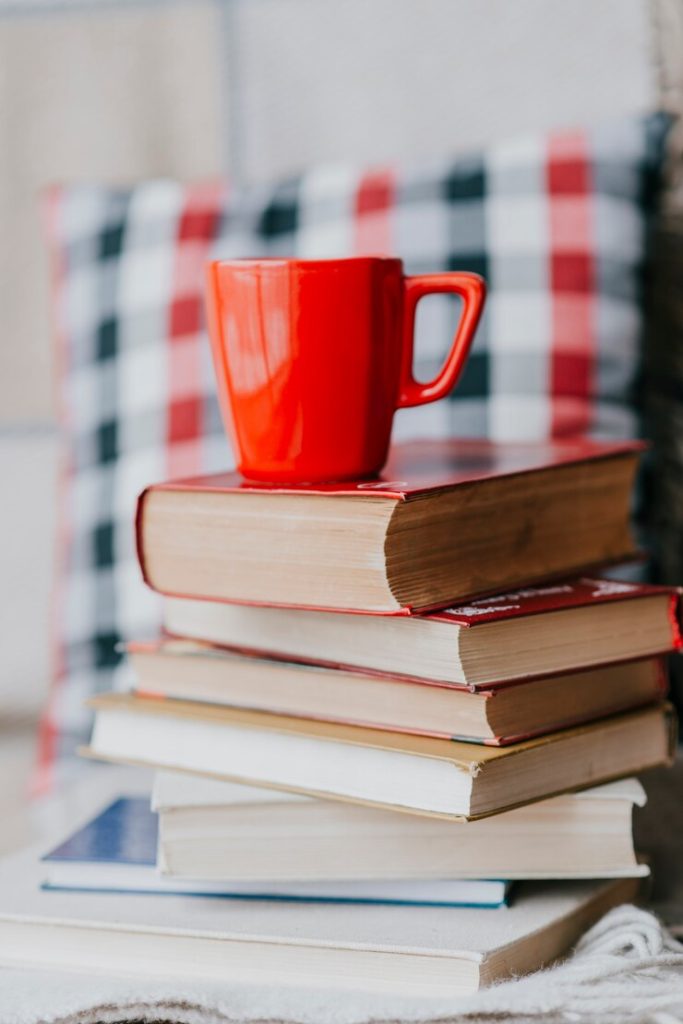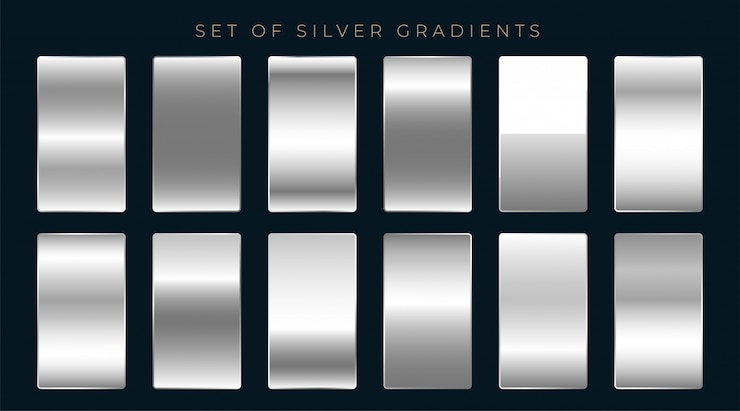
Good morning!
Although we’re a year late in posting this, I still wanted to share because the journey of discovering fake coins and deciding what to do with them was fascinating to me. My hope is that if you ever encounter fake coins, this will give you some ideas on how to handle them.
Here’s a quick summary of how we got to this point:
So, what happened next? Let me finally tell you!
First, I had to inform my client that she had quite a few counterfeit coins, which is never news anyone wants to hear—especially when a trusted coin advisor initially suggests they might be worth “at least $500 in silver”! (Oops). I gathered my courage and shared the news at our next meeting. Fortunately, the rest of her collection was valued at around $2,500, so it wasn’t a complete disaster.
Here’s how our conversation went:
Me: “I have good news and bad news… Which would you like first?”
Her: “Let’s hear the bad news!”
Me: “I found 28 fake silver dollars in your collection… They’re essentially worthless.”
**Awkward silence**
Her: (then laughs) “I’m not surprised—my dad always got into odd things and probably couldn’t resist a deal!” Haha! (The collection was her dad’s, which we were liquidating.)
After that, we moved on to the rest of the collection as if nothing had happened. It was the best possible outcome!
We then had to decide what to do with the counterfeit coins. Should we sell them as is? Maybe get rid of them entirely to prevent future scams? Or have them analyzed in case they contain any silver, allowing us to recoup their bullion value?
I presented the following options:
Which one did she choose?
Option #4—my favorite! At the next coin club meeting, I gave an impromptu presentation about how I discovered these fakes and what led me to identify them as counterfeit. I passed them around for everyone to inspect. Some club members recognized them as fake immediately, while others were surprised.
Here’s a picture of a few coins for you to see:
I also wrote an article detailing my process, including markings, errors, and general tips for evaluating coins:
An 1895 Fake Morgan and More!!
The fakes were quite convincing despite some sloppy markings and incorrect dates. Plus, we rarely go into collections looking for fakes—they often reveal themselves when something seems “off.” It’s a useful lesson for me to remember that fakes exist. Perhaps I should develop a checklist for evaluating future collections.
There you have it! A variety of ways to deal with counterfeit coins if you’re faced with them. It’s not all bad! You can learn from them and at the very least prevent them from circulating.
When I shared them with a couple of dealers at our club, they told me how they typically handle fakes, which affirmed our decision:
Dealer #1 keeps all fakes in a binder for educational purposes and to keep them off the market. He once rejected a fake coin, only to be fooled by the same one years later when he was in a rush!
Dealer #2 uses them for window displays at his shop, which I think is brilliant! This way, there’s no worry about theft, plus they make for striking advertising pieces since Morgans are so attractive. And there’s no concern about sun damage! Fakes probably don’t tarnish as originals do, remaining “pretty” indefinitely.
I hope this helps with your own adventures! If you have stories of encountering fakes in your collection or research, I’d love to hear them. We can learn from all experiences!
Your friend in collecting,
P.S. Over time, I’ve given most of the fakes to club members to use as identifiers. However, I kept the 1895 for myself with a label. This sticky note will save hours of frustration for my future heirs! And, of course, I’ve documented it in my trusty spreadsheet for long-term tracking.
